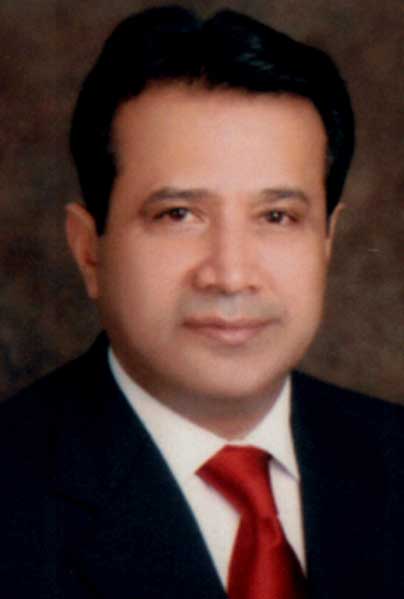Pakistan is going through a difficult period. The nation’s journey to stability is hampered by several issues, including polarizing and contentious politics, unsettling economic conditions, and the persistent threat of violent extremism.
Conversely, India appears to be a politically stable and economically prosperous nation. But if we were to scrape this surface of stability, we would find that Indian society is beginning to show significant cracks. Many rifts in Indian society have surfaced as the nation continues on its path to becoming a Hindu state, propelled by the Hindutva ideology. These fault lines have intensified throughout the last ten years of BJP leadership.
One of the main ways that India is turning into a Hindu nation is through the increasing prejudice toward minorities, especially Indian Muslims. Recent research on the suffering of Indian Muslims under the Hindutva rule was done in-depth by Prof. Christophe Jaffrelot of the Centre for International Studies and Research in Paris.
Jaffrelot discovered that the percentage of Muslims employed in government, law enforcement, or the civil service in India was significantly lower than their numerical representation (14.5 per cent of the country’s population) based on ethnographic research and victim interviews. Under BJP dominance, the number of Muslims in the national and state assemblies has significantly decreased. Muslim graduates are becoming fewer in number, especially in northern India. Regretfully, the bulk of Indian Muslims were incarcerated.
Muslims in India are concerned about the rise in intolerance towards Muslim symbols and saffron vigilante organizations. The endeavour to change the majority of Muslims in Indian-occupied Kashmir to a minority of Muslims is a component of the larger prejudice against Muslims. India is rapidly transitioning from a secular, pluralistic democracy to a majoritarian Hindu society.
India is becoming a smaller place for minorities: The system seems to favour the Brahmins, the highest caste of Hindus, but discrimination against the Dalits, the lower caste, persists as the second significant reason. For thousands of years, the caste system has been a fundamental part of Indian civilization. Although the class hierarchy was formally dissolved in 1951, it still has a strong hold on Indian society. This hierarchy, which also includes Shudras, who are considered to be labourers and are occasionally referred to as “achhut,” “untouchables,” or “Dalits,” and Kshatriyas, who are warriors, and Vaishyas, who are merchants, is headed by the Brahmins. The scheduled castes (Dalits) and scheduled tribes (Adivasis), who collectively make up more than 25% of India’s population, are forced to work in menial jobs, live in slums, and experience systematic social marginalization.
In 2017, research funded by The Gates Foundation found that ninety per cent of Indian workers in the sanitation and cleaning industry are members of the Dalit sub-caste. They are typically underpaid and do not receive the necessary safety equipment. As per a 2020 CNN investigation, Dalits were the most susceptible victims of the COVID-19 epidemic due to their viral susceptibility, along with their low socioeconomic status and limited access to health and education facilities.
There are certain outliers, like the late Dr Ambedkar, who became known as the “father of the Indian constitution” despite discrimination against him as a Dalit in his early years. He was a vocal supporter of the caste system’s abolition and subsequently became a Buddhist, presumably to practice a more equitable religion. The richest Dalit, Rajesh Saraiya, is the owner of a prosperous steel company. However, they are the exceptions.
The widening gap between northern and southern India is the third major driver. The main complaint of the southern states (Andhra Pradesh, Tamil Nadu, Kerala, Karnataka, Telangana, and Kerala) is that they give more money to the Union budget than they get in return, while the northern states (especially Uttar Pradesh and Bihar) get far larger returns. The southern states of India have outperformed the northern ones in many ways. These states enjoy stronger economic performance, higher levels of religious harmony, superior IT service delivery, slower population increase, and decreased representation in the Lok Sabha over time. Talk of these states perhaps becoming their nation is growing, and it recently sparked a contentious discussion in the Rajya Sabha.
The Modi government has been leading India toward being a Hindu majoritarian country since 2014. While low-caste Hindus continue to struggle, there is less room for minorities like Muslims and Christians. It’s not yet clear if they will ever be able to end this discrimination. But it’s evident that if constructive steps are not taken to rectify these cultural distortions, these fault lines might potentially cause a great deal of unrest within Indian society.
India is becoming a Hindu-majority nation




